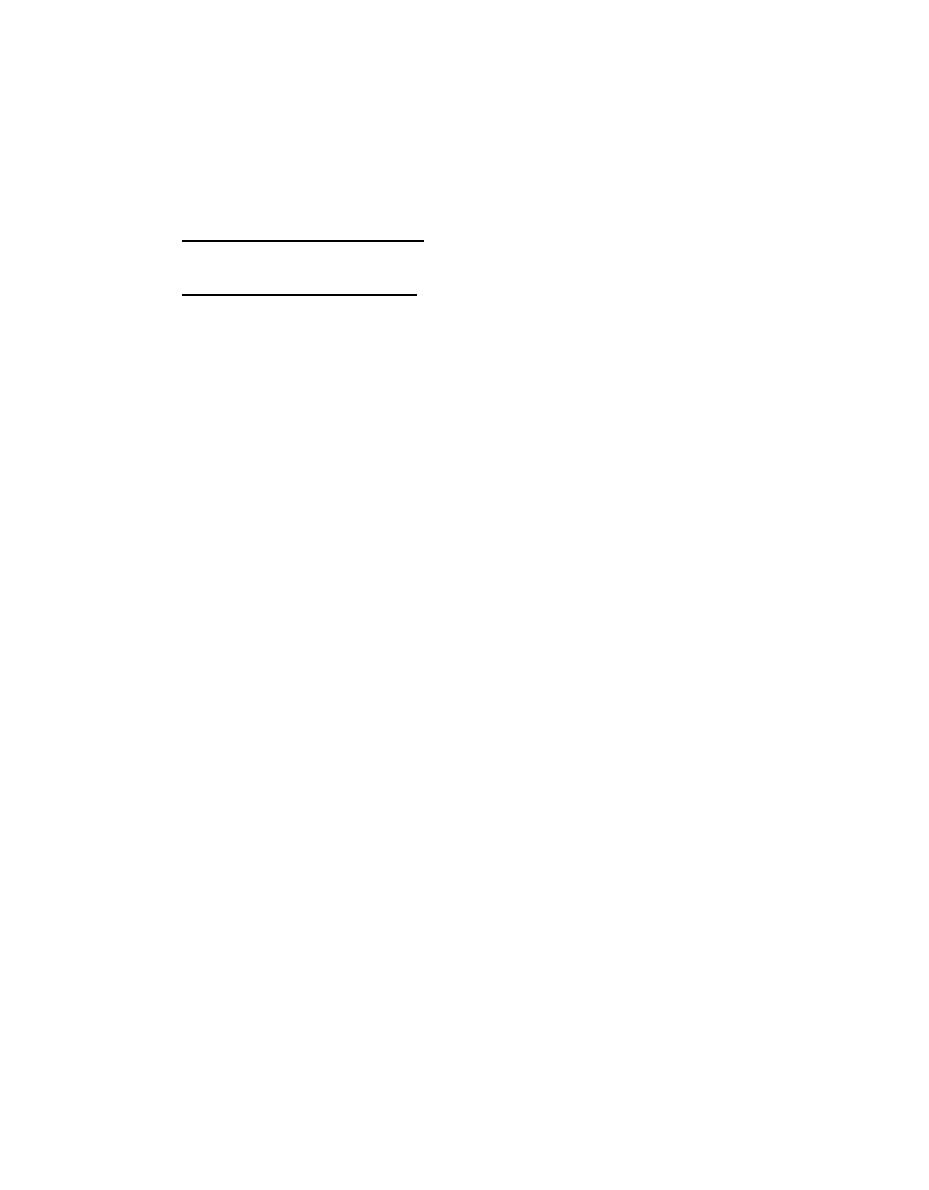

Custom Search
|
|

|
||
 (a) Blow the settling chambers in the compressed air piping.
( b ) Drain compressed air receiver.
(c) Drain moisture from filter housings.
8 PREVENTIVE MAINTENANCE INSPECTION OF MECHANICAL CONTROLS. T h e following
p a r a g r a p h s present inspection routines adequate for average installations.
8 . 1 D a i l y I n s p e c t i o n o f C o n t r o l s . O b s e r v e operation of controls for proper
f u n c t i o n i n g , check leaks, and stop stuffing box leaks as soon as possible.
8 . 2 Yearly Inspection of Controls. O n c e a year, or more often if required,
d i s m a n t l e regulating valve and control mechanism. Clean system components and
i n s p e c t for wear, corrosion, erosion, pitting, deposits, leaks, and mechanical
defects.
C h e c k all safety devices and warning signals for correct operation
a n d possible defects. C h e c k setting, a d j u s t m e n t , and operation of controls.
C h e c k operation of safety devices.
9 MAINTENANCE OF CONTROLS. R e p a i r or replace defective parts as required
a f t e r the yearly inspection. Perform the following maintenance work as
required.
q Examine regulating valve stem and replace or metalize it if
necessary. C h a n g e or regrind valve plug and seat if required. Change
v a l v e to smaller size if excessive cutting indicates an oversize
v a l v e . C h e c k valve positioner and spring adjustment. Repace stuffing
box .
q Clean, inspect, and test needle,
pilot,
poppet,
reducing,
and
transfer
valves.
R e p l a c e defective parts.
q Observe
condition
of
bellows
and
diaphragms.
R e p l a c e if defective.
q Replace
gaskets.
q Replace badly worn linkage pins and bushings.
Do not paint these
parts.
q Clean air filter.
Replace air filter cartridges.
q Repair
all
leaks.
Rod out piping connections when necessary.
q Vent
out
air
from
liquid
filled
systems.
q Use caution when installing, connecting, or disconnecting capillary
t u b i n g to protect it from dents or kinks. A n y r e s t r i c t i o n t o t h e f l o w
o f the liquid, gas, or vapor in the tube causes defective operation of
a temperature controller.
q One person should be responsible for the adjustments and calibrations
of the control system components. Two or more persons, if working
w i t h o u t coordination, may produce a poorly adjusted control system.
6-27
|
 |
|
 |
||